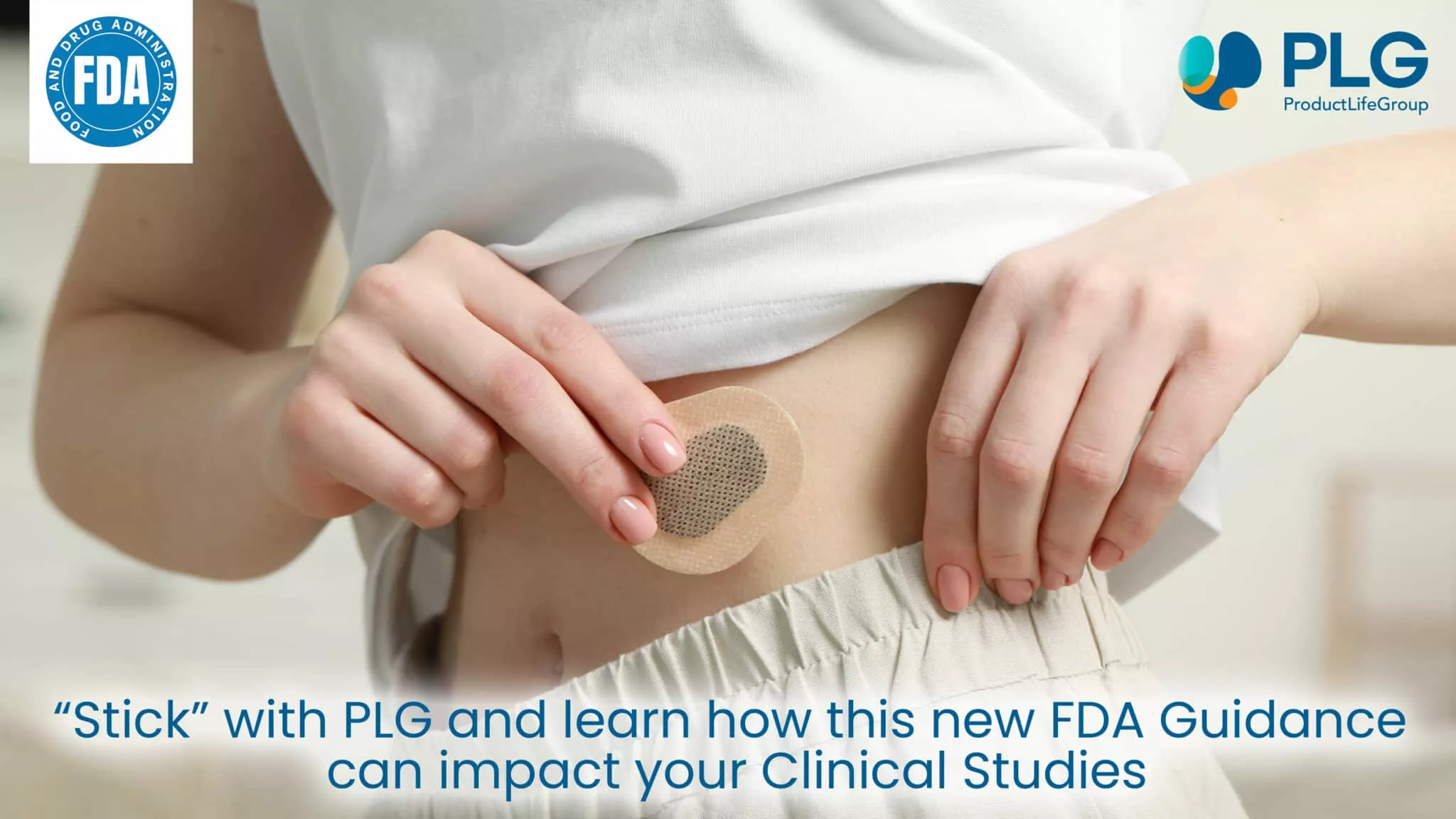
Revised FDA guidance on Generic Transdermal and Topical Delivery Systems
03 july 2023

FDA is updating two Guidances on Transdermal and Topical Delivery Systems (TDS)
In October 2018, FDA released the draft guidance for the industry Assessing Adhesion With Transdermal and Topical Delivery Systems and Assessing the Irritation and Sensitization Potential of Transdermal and Topical Delivery Systems for abbreviated new drug applications (ANDAs). Recently, in April 2023, FDA published two revised draft guidance related to the design and conduct of studies for evaluating transdermal and topical delivery systems (TDS) submitted in support of ANDAs.
Focusing on Assessing Adhesion with specificities in conformational strains across anatomical curvatures
The revised draft guidance for industry, Assessing Adhesion with Transdermal and Topical Delivery Systems for ANDAs, has provided updated recommendations for designing and conducting studies evaluating the adhesive performance of a TDS submitted to support an ANDA. FDA recommends a single-dose, randomised, two-treatment, two-period crossover study design where all subjects are dosed with the same strength of the Test and RLD TDS. However, a single-period, two-treatment-per-subject design (e.g., a matched pairs study), with the application site randomised, would also be acceptable with proper justification of study design. The study could be conducted in healthy males and non-pregnant, non-lactating females. Use of specific size/strength of the TDS in the applicable product-specific guidance to be used, but a larger TDS may be used instead as it is more sensitive to detachment than a smaller one and larger TDS may be subjected to greater conformational or torsional strains arising from potentially increased anatomical curvatures or from a greater magnitude of flexion across relatively greater anatomical distances across which the larger TDS may have adhered.
The revised guidance for Assessing Adhesion in ANDA Applications are :
-
- Clarifies the appropriate methods for measuring the estimated percentage of the entire TDS surface area adhered to the skin and the statistical analysis of that data.
- Encourages applicants to explore alternative scales (other than the five-point adhesion scale) to estimate the adhesion of the TDS to the skin and to discuss these alternative scales with FDA in a pre-ANDA meeting. Suppose applicants use a scale different from the five-point adhesion scale to record TDS adhesion measurements. In that case, they should report each TDS adhesion measurement as the score according to the selected scale and the corresponding score according to the five-point adhesion scale.
- Clarifies that photographic evidence is not intended for automated or photometric analysis at this time but can support the visual observation of percent adhesion reported at each time point.
A Guidance Update for Assessing Irritation and Sensitisation Potential
The revised draft guidance for industry, Assessing the Irritation and Sensitisation Potential of Transdermal and Topical Delivery Systems for ANDAs, provides recommendations for the design and conduct of studies to evaluate the in vivo skin irritation and sensitisation (I/S) potential of a proposed TDS. Skin I/S studies are designed to compare the similarity between the test and RLD TDS products for the potential to cause irritation and/or sensitisation reactions. A TDS may elicit these reactions in only some of the patients using the product, but even if the frequency of this occurrence were low, the adverse reactions could affect thousands of individuals. To evaluate this I/S potential, applicants should compare the test and RLD TDS products in at least 200 evaluable subjects. In addition, when designing their I/S studies, applicants should consider any conditions of labelled use for the RLD that may impact the I/S potential of a TDS product (e.g., incidental exposure of the TDS to water, such as while bathing or showering, particularly for a TDS with a duration of wear that is up to or greater than 24 hours).
The updated guidance on Irritation and Sensitisation
-
- Clarifies recommendations for designing and conducting studies to evaluate a proposed TDS’s in vivo skin I/S potential. The Agency recommends that applicants conduct an evaluator-blinded, randomised study to support their comparative evaluation of the skin I/S characteristics of the test and RLD products in healthy males and non-pregnant, non-lactating females. The recommended study consists of two phases: a 21-day induction phase, a 14- to 17-day rest period, and a challenge phase. FDA’s recommended primary endpoint for evaluating irritation is the mean irritation score (MIS).
- Clarifies when an in vivo study to assess the sensitisation potential of a TDS product may not be needed, for instance, if FDA has determined that conducting a sensitisation assessment is unnecessary or unethical (e.g., where the active ingredient is known to be a skin sensitiser or based on information/data related to the components and composition of TDS products).
- Guides applicants intending to utilise alternative scoring scales or alternative approaches to compare I/S between the test and reference TDS. Applicants intending to utilise an alternative scale other than these two scales should request a meeting with FDA to discuss the alternative scale and the proposed statistical analysis plan before conducting the study (i.e., submit a pre-ANDA meeting request). Suppose applicants use a scale other than these two scales (e.g., a single numerical scale that captures the progressive changes in skin reactions) to score the skin reactions observed. In that case, they should report each score according to their selected alternate scale and the score according to these two scales.
The updated Guidance on Transdermal and Topical Delivery Systems (TDS) goes beyond the surface
Revised USFDA guidance provides in-depth insight into the development of Transdermal and Topical Delivery Systems for ANDA. This revised guidance provides study design, population, endpoint, and statistical analysis information. It also provides situations when in vivo studies can be waived, and alternate scales can be used.
Reference
Register to our news and events
Go to our Events to register
Go to our News to get insights
